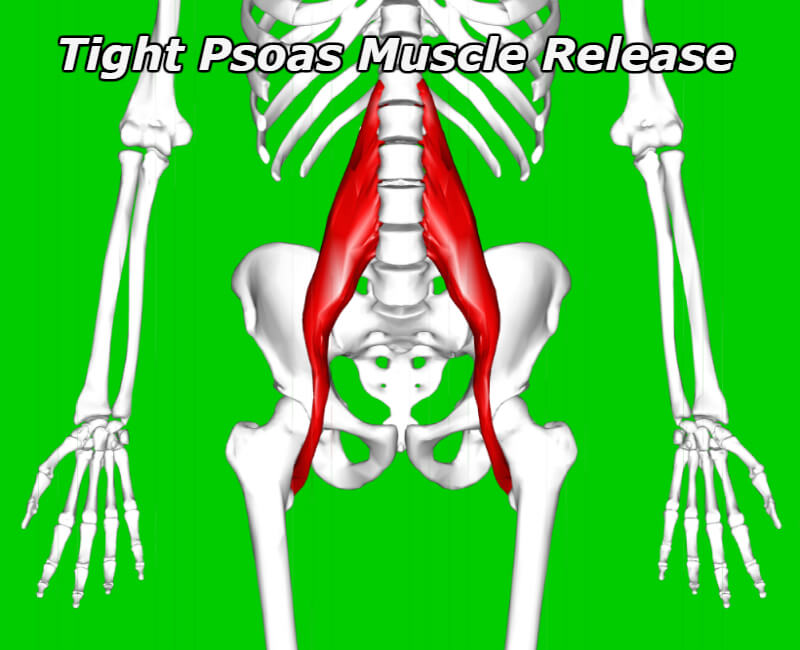
If you have pain and discomfort in your hip flexors, apply the correct pressure for your tight psoas muscle can release pain. While the psoas fix will likely always be the best and fastest way to pain relief (within literal seconds instead of days or weeks), performing the proper release can resolve your pain though not as fast.
To do so, you will need the help of two physical therapy devices that have become staples every clinic and almost every gym: the lacrosse ball and foam roller.
These cheap physiotherapy tools allow you to apply pin-point pressure to tight and inhibited areas, providing a power myofascial stimulation to increase flexibility and mobility while decreasing pain symptoms.
Once you have those, you are ready to begin.
Tight Psoas Muscle Release Technique in 3 Steps
To begin, lie down on the ground with the foam roller and place it underneath your hips in the crease of your pelvis. You want to place it directly on your hip flexor—which is actually where your psoas attaches as it is one of the flexors of the hip joint. As you roll back and forth, pause at any tender area and allow the weight of your body to relax against the tight spot. Take your time and focus on your breathing as you do so. Also make sure you rotate on the roller so that the outside of your hip (abductor muscles) are massaged as well.
Next up is the lacrosse ball. Use it to target the same exact area as the foam roller. Except this time you will also be using it on your glutes. To do so you want to sit on the ground with your knees bent in front of you at about a 90-degree angle.
Next cross your right leg over your left knee and place the lacrosse ball under your right glute. This will shift the weight of your body to that side to allow for a deep and powerful massage. Roll slowly and make sure to massage your entire glute. Switch sides when you are done.
The final piece to the process is a stretch that also helps to target external hip rotation on top of hip flexion to really work the tight psoas muscle for release. You will need to find a bench or table that is slightly lower than waist height.
To complete the stretch place your calf on the bench so that your lower leg is parallel with the ground and your knee is at a 90-degree angle. Lean forward but don’t let your back heel come off of the ground as you slowly go deeper into the stretch.
While the quick fix is just about the closest thing to a miracle fix for pain in the area, the above method works to effectively alleviate tightness and curing deep psoas muscle pain. But depending on the severity, exercises can relieve psoas pain as well.
